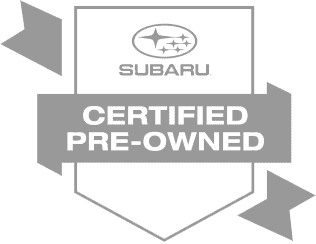
Is it your first time owning an all-wheel-drive car or have you owned one for a while but want to know what you should never do with an AWD vehicle? If so, this article will answer many of your questions. Learn more below.
Avoid handbrake turns in your hot hatch. Transfer cases are not equipped to handle the tension created when there’s a sudden shift between the speed of a car’s front and rear wheels. Handbrake turns cause the rear wheels to slow down quickly, which places a lot of pressure on the transfer case.
Different scenarios call for different traction control levels. When you’re rock crawling, you’ll definitely want traction control enabled, so that you don’t experience wheel slip. However, when traveling through sand or mud, wheel slip is a good thing because you want to maintain constant movement on a hard-to-grip surface; in this case, turning off traction control is okay.
Use or request a flatbed for towing. The golden rule is that one should never leave the drive wheels of a car on the ground when towing, otherwise significant transmission damage can take place. With AWD, all wheels are drive wheels, so what does one do? The simplest answer is to use a flatbed that keeps all four wheels off the ground. However, there are other methods that involve a bit of extra work; you can find information in your owner’s manual detailing safe ways to tow your AWD car or SUV.
Always check your tires before going off-roading. Even with AWD, if your tires aren’t in good shape, you won’t get that go-anywhere traction that you’re looking for. To ensure your safety, check your tire tread before going off road.
Don’t floor it when you get stuck in the mud or sand. Whether a car has AWD or not, there’s always a possibility that it could get stuck in mud or sand. It might sound counterintuitive, but in this situation, it’s best to ease on the gas slowly and NOT suddenly try to speed up. Flooring it could further bury you in the mud. For more details about driving on tricky off-road terrain, see our off-road driving tips here.
Check your owner’s manual before upgrading your tires. With all-wheel-drive cars, it’s very important to choose the recommended tire size; otherwise, you could risk damaging your vehicle. Furthermore, tires on AWD cars typically need to be the same size.
Some performance cars are purposefully equipped with larger rear wheels, but in these cases, it’s a manufacturer choice that’s been thoroughly assessed to ensure there will be no resulting mechanical damage. For most AWD cars and most drivers, it’s imperative to choose the factory-recommended tire size and to have the sizes match on all four tires.





